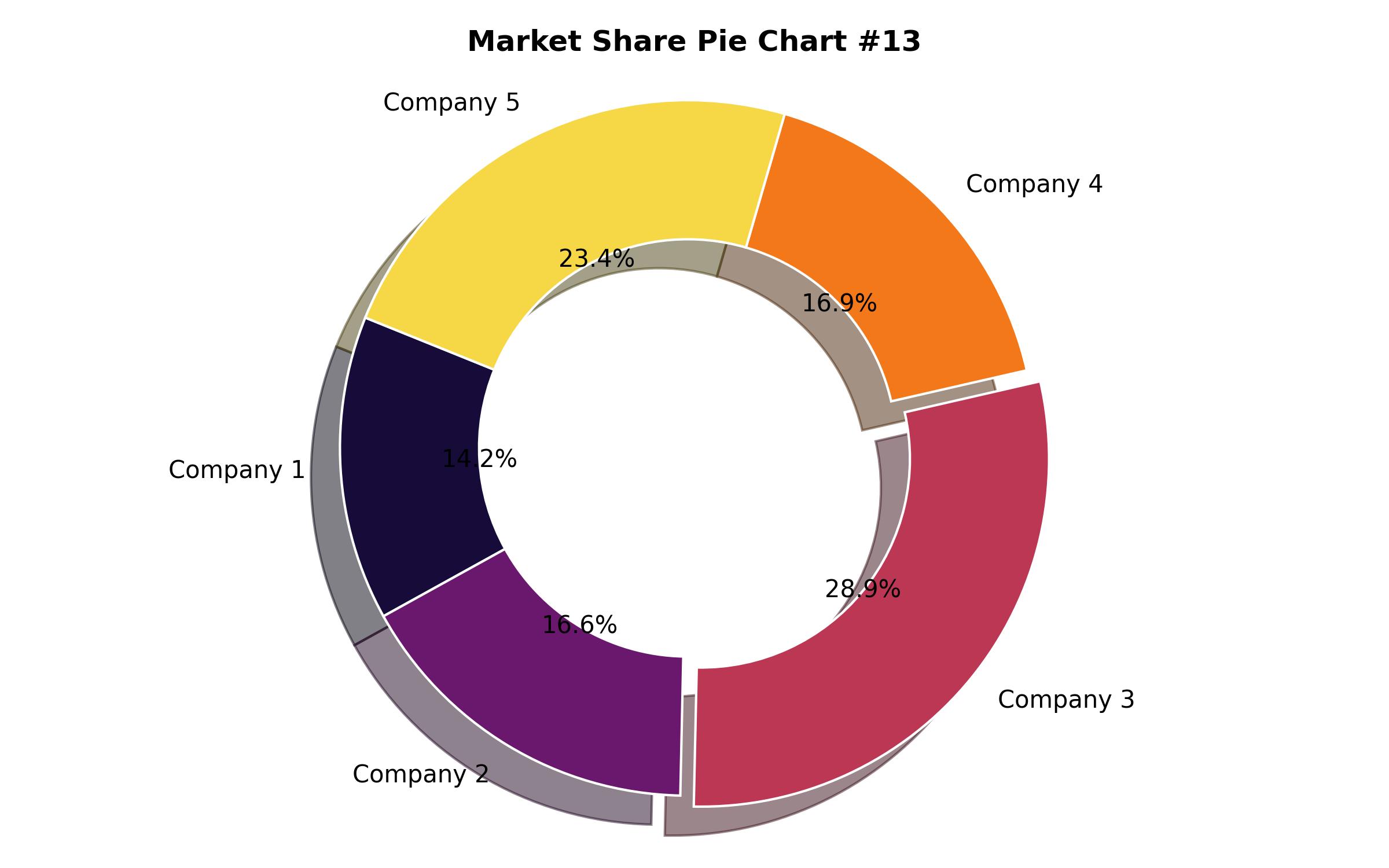Korea Shrimp Market Analysis by Species, Source, Form, Sales Channel, Application, and Region – Industry Trends and Forecasts through 2035
Overview:
The Korean market for shrimp is projected to reach a value of USD 3.3 billion in 2025 and is set for substantial expansion. Anticipated to grow at a compound annual growth rate (CAGR) of 10.2% from 2025 through 2035, the market is forecast to achieve a value of USD 8.9 billion by the end of the forecast period. This growth trajectory is driven by several key factors, including evolving consumer preferences, increased per capita consumption of seafood, and significant advancements in aquaculture techniques.
Consumers in Korea are becoming more health-aware, leading to a greater demand for seafood, particularly shrimp. Shrimp is viewed as a highly nutritious protein source, offering essential vitamins and minerals while being low in fat. This aligns with the broader trend towards healthier eating and lifestyle choices, contributing to the increased popularity of shrimp as a dietary option.
The convenience and adaptability of shrimp as a food ingredient also significantly contribute to market expansion. It is a versatile component in a wide array of culinary preparations, from traditional Korean stews and soups like jjigae to contemporary dishes such as shrimp tempura and sushi. This adaptability ensures its widespread appeal in both home cooking and commercial dining settings.
Furthermore, the growing interest in diverse international cuisines, including various Asian fusion and fast-food concepts, has stimulated shrimp consumption in Korea. Its integration into unique and popular menu items across different restaurant types has broadened its market reach.
Substantial progress has been made within Korea’s aquaculture sector, enhancing the efficiency and sustainability of shrimp farming practices. Improvements in selective breeding, advanced farming methods, and effective disease management have all contributed to a higher volume of domestically produced shrimp. This has reduced reliance on imports while simultaneously fostering local industry development.
The embrace of more environmentally conscious farming approaches has also boosted consumer confidence in locally farmed product, further supporting domestic growth. The expanding landscape of e-commerce platforms has made shrimp products more accessible to consumers than ever before. Online grocery stores and food delivery services now offer a wide selection, ranging from fresh to frozen options.
This combination of convenience, rising disposable incomes, and the increasing tendency towards online purchasing has positioned shrimp as a favored protein choice among Korean consumers, thus driving market growth forward. The market is dynamic and influenced by trends towards healthier eating, sustainability, and the ease of access through digital channels.

| Report Attribute | Details |
|---|---|
| Market Size in 2025 | USD 3.2 billion |
| Revenue Forecast for 2035 | USD 8.8 billion |
| Growth Rate (CAGR) | 10.4% from 2025 to 2035 |
| Base Year for Estimation | 2024 |
| Historical Data | 2019 – 2023 |
| Forecast Period | 2025 – 2035 |
| Quantitative Units | Revenue in USD million/billion and CAGR from 2025 to 2035 |
| Report Coverage | Revenue forecast, company market share, competitive landscape, growth factors, and trends |
| Covered Segments | Species, source, form, sales channel, application, and region |
| Regional Scope | Korea |
| Country Scope | South Korea |
| Key Companies Analyzed | Nongshim Co., Ltd, Soo Good Co., Ltd, Pulmuone Foods Co., Ltd, Aqua Star Corp., Avanti Feeds Ltd, Devi Fisheries Limited, Falcon Marine Exports, BMR Groups, Clearwater Seafoods Inc., High Liner Foods Inc., Surapon Foods |
| Customization Options | Free report customization (up to 8 analysts working days) with purchase. Changes to country, regional, and segment scope |
| Pricing and Purchase Options | Customizable purchase options for tailored research needs |

Report Coverage & Deliverables
- Market Trends And Dynamics
- Competitve Benchmarking
- Historical data and forecasts
- Value/Volume analysis
- Company revenue shares and key strategies
- Regional opportunities
This is an indicative segmentation. Please request a sample report to see detail segmentation of this market.
Detailed Market Segmentation
- By Species
- White Leg Shrimp
- Tiger Shrimp
- Other Species
- By Source
- Capture
- Aquaculture
- By Form
- Fresh
- Frozen
- Canned
- Dried
- Value-Added
- By Sales Channel
- Hypermarkets/Supermarkets
- Convenience Stores
- Specialty Stores
- Online Retail
- Foodservice
- By Application
- Food Industry
- Foodservice
- Retail
Table of Content
- Executive Summary
- Market Overview
- Key Market Dynamics
- Market Size and Forecast (2025-2035)
- Industry Analysis 2020-2024 and Future Outlook 2025-2035
- Risk Assessment
- Pricing Analysis
- Industry Segmentation Analysis
- By Species
- White Leg Shrimp
- Tiger Shrimp
- Other Species
- By Source
- Capture
- Aquaculture
- By Form
- Fresh
- Frozen
- Canned
- Dried
- Value-Added
- By Sales Channel
- Hypermarkets/Supermarkets
- Convenience Stores
- Specialty Stores
- Online Retail
- Foodservice
- By Application
- Food Industry
- Foodservice
- Retail
- Korea Market Analysis
- Competitive Landscape
- Industry Share Analysis by Company
- Key Company Profiles and Offerings
- Strategic Developments
- Industry Outlook
- Analyst Recommendations
- Disclaimer
- About the Report
